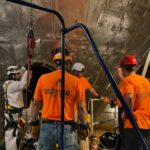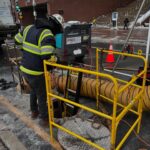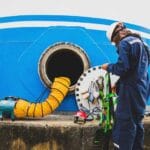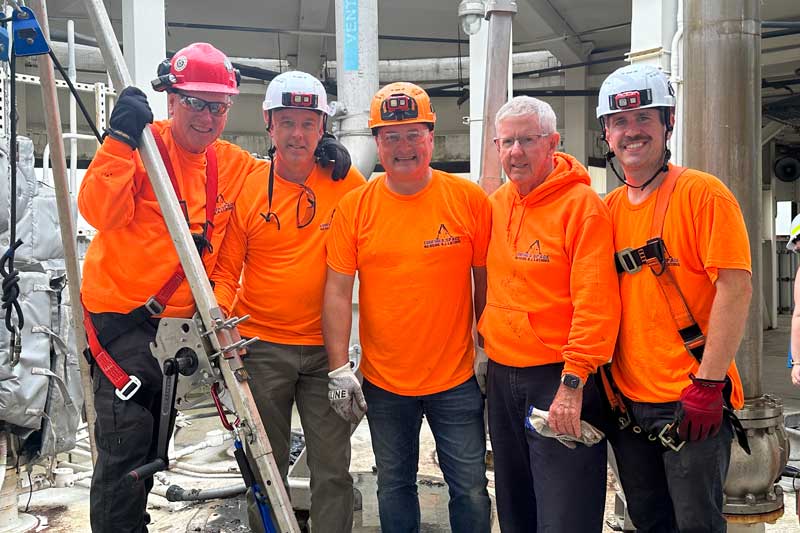When driving through your neighborhood or passing construction sites, you may notice utility workers performing their jobs without a visible standby rescue team. This often raises concerns: Isn’t a rescue team required for confined space work? The answer lies in the classification of the space they are working in. Not every job site is an Immediately Dangerous to Life or Health (IDLH) environment, but when it is, having a trained standby rescue team on-site is not just important—it’s absolutely necessary.
At Confined Space Rescue Solutions, we specialize in providing highly trained confined space rescue and training services to ensure the safety of workers in hazardous environments. But what exactly makes a space IDLH, and why is it crucial to have professional rescue teams like ours on standby?
What Makes a Space IDLH?
IDLH stands for Immediately Dangerous to Life or Health. According to OSHA, an IDLH atmosphere is one that:
- Poses an immediate threat to life
- Causes irreversible adverse health effects
- Impedes an individual’s ability to escape from a dangerous environment
Several factors can create an IDLH environment, including:
- Toxic gases or chemical fumes (e.g., hydrogen sulfide in sewer lines)
- Steam!!! (live pipes/steam manholes, many universities/colleges use steam power)
- Oxygen deficiency (common in storage tanks or underground vaults)
- Explosive atmospheres (due to flammable vapors or gases)
- Engulfment hazards (such as grain silos or water treatment facilities)
Who Works in IDLH Spaces and Why?
Workers across various industries face IDLH conditions during their duties, including:
- Utility and telecommunications workers: Often enter underground vaults, tunnels, and manholes.
- Anyone working in confined spaces with steam: many people do not realize that live steam automatically makes your space IDLH!
- Municipal water and sewer workers: Conduct maintenance inside tanks, sewer lines, and treatment plants.
- Construction crews: Perform tasks in excavations, pipelines, and crawl spaces.
- Industrial maintenance teams: Work inside storage tanks, boilers, and confined machinery spaces.
These workers are essential to maintaining vital infrastructure, but they also face significant risks. In IDLH conditions, seconds count, and a rapid, well-coordinated response can mean the difference between life and death.
Why Having a Standby Rescue Team is Crucial in IDLH Spaces
While not all confined spaces are IDLH, those that are demand the highest level of safety precautions. Here’s why having a standby rescue team on-site is non-negotiable:
- Rapid Emergency Response: In IDLH conditions, even a brief delay can be fatal. Our rescue teams are trained to act immediately, using specialized equipment to extract a worker safely.
- Advanced Training and Expertise: Our rescue professionals are active or retired firefighters, trained in high-angle, confined space, and technical rescues. Their experience ensures efficient and effective life-saving actions.
- Compliance with OSHA Regulations: OSHA mandates that employers have a rescue plan in place for permit-required confined spaces. Hiring a professional rescue team ensures compliance and reduces liability.
- Specialized Equipment and Techniques: Our teams are equipped with gas monitors, breathing apparatus, and retrieval systems, all critical for operating safely in hazardous environments.
Why Some Utility Companies Work Without a Standby Rescue Team
Utility companies may not always use a standby rescue team because not every confined space meets the IDLH criteria. For example:
- Workers may be in an area classified as a non-permit required confined space, where hazards are controlled or absent.
- Some maintenance tasks occur in open trenches or vaults with continuous airflow, reducing the risk of hazardous atmospheres.
- Companies may rely on local emergency services for rescue—although this approach can be dangerously slow in an IDLH event. Companies that rely on fire department/local emergency services must know that this is NOT an acceptable practice. Local departments most likely do not have the training, equipment, availability, or liability for this purpose. DO NOT make the mistake of putting “911” down as your rescue team. You will NOT be considered in compliance.
However, the absence of a standby rescue team can be catastrophic if conditions suddenly change—such as an unexpected gas leak or equipment failure. That’s why proactive safety measures are essential.
Choose Confined Space Rescue Solutions for Your Standby Rescue Needs
At Confined Space Rescue Solutions, we provide highly trained standby rescue teams for IDLH and non-IDLH confined space operations. Our team of professional firefighters brings decades of experience to ensure your crew remains safe in the most hazardous environments.
From developing comprehensive rescue plans to providing on-site EMT services, our mission is to keep your operations safe, compliant, and efficient. Don’t leave safety to chance—partner with a trusted leader in confined space rescue.
Contact us today to learn more about our services and how we can support your next project.
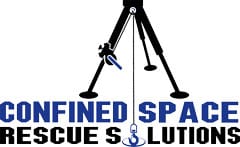
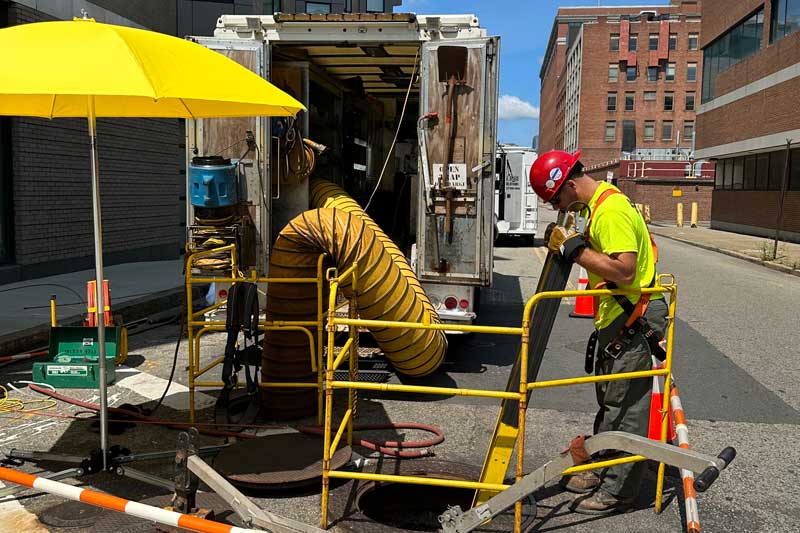
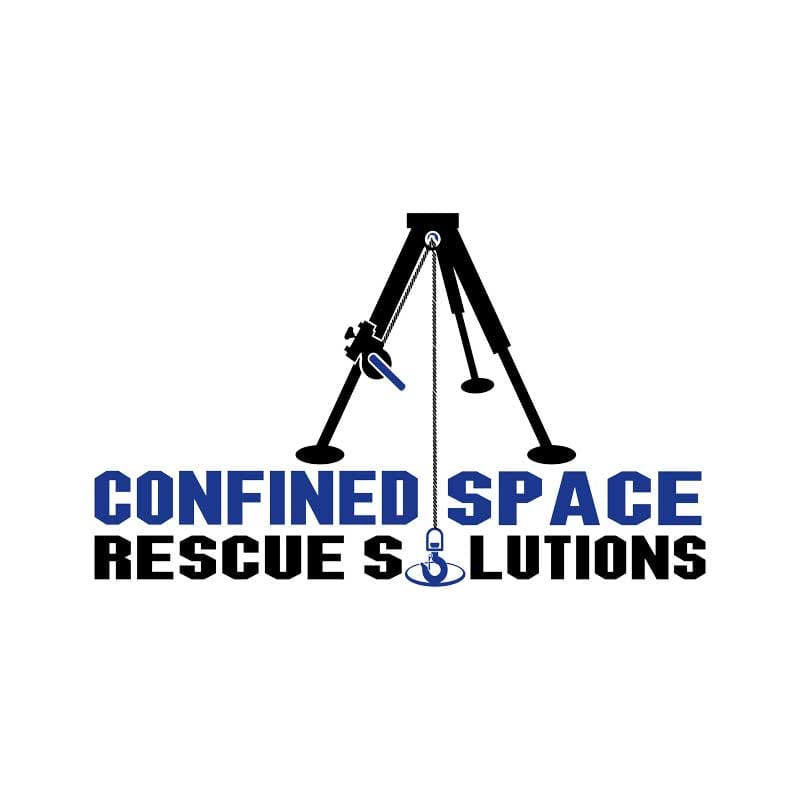 Confined Space Rescue Solutions, based in Quincy, MA, offers expert standby rescue and training services for employers with confined space entry needs. Serving clients across New England, the company specializes in ensuring the safety and compliance of workers in hazardous environments through professional rescue teams and tailored training programs.
Confined Space Rescue Solutions, based in Quincy, MA, offers expert standby rescue and training services for employers with confined space entry needs. Serving clients across New England, the company specializes in ensuring the safety and compliance of workers in hazardous environments through professional rescue teams and tailored training programs.